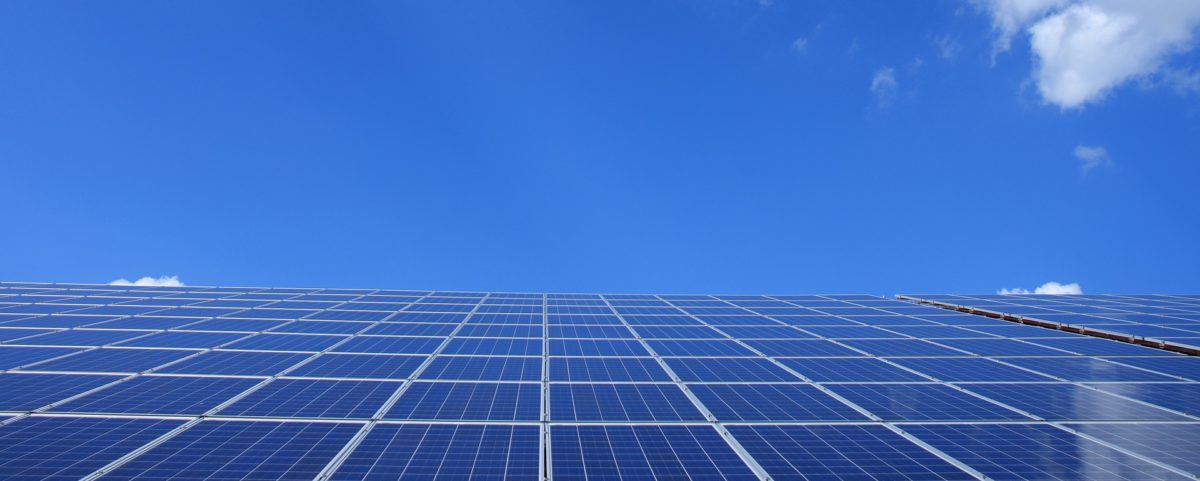One of the key discussions at the COP26 summit in Glasgow has been the practicalities of building a cross-continental electricity interconnector system, and this may be rather more practical than some of the commentators have implied. It could, indeed, eventually turn into a global energy system where solar pv as well as wind power and other renewables, could supply power 24/7 with a much-reduced need for storage for systems dominated by renewable energy.
Talking about supplying Europe with solar pv from North Africa, eg via the putative Desertec scheme, has often been a source of debate amongst renewables afficianados. Some greens have decried the notion as a centralised vision of renewable energy that is little more desirable than centralised nuclear power plant. The traditional preference among greens has been on locally owned plant either on rooftops or at least, in the case of ground-mounted solar pv, owned by community renewable energy organizations.
But in a world where the overall prize is the achievement of net zero carbon energy systems, then two key factors come into play: cost and resource availability (which of course are related to each other). If solar and wind resources in some countries, especially some of the most landlocked states, are difficult to access at reasonable cost, then international, even intercontinental, supplies could come into play. If it is cost-effective to build plant and build the interconnectors to trade in electricity, then it is quite likely to happen.
At the moment the economics usually seem clearly in favour of home-grown solar pv schemes, rather than solar pv imported from long way away. That is because even though the efficiency of solar pv (the ‘capacity factor’) sited in North Africa is much higher than in, say, Germany or France or the UK, the cost of the interconnectors required to transport the power across the Meditteranean has to be taken into account.
But this might not always be the case. For example, if Germany (or any other country), through its planning system, is loathed to allow more open land or farmland to be used for solar pv, and if other sources of renewable energy are relatively expensive, then solar imports to replace all fossil fuel supplies might happen. That is through some combination of market pressures for trading in electricity supported by Government policies and the interests of actors in the electricity industry. There is a growing pattern in Europe for increasing international electricity interconnection, certainly around the North Sea. Most recently Greece and Egypt have signed a deal that will enable power from Egypt to be sent to Greece.
In fact sending electricity over large distances from one region or country to another involves much lower electricity losses than is generally believed in the Twittersphere or Facebook. A standard ‘factoid’ (a statement that has been rolled out so often that it is generally believed) is that electricity transmission losses amount to 8-10 per cent of all power generated. This is incorrect, or at least very misleading, inasmuch as the bulk of the so-called ‘transmission’ losses are likely to be losses on the local electricity distribution system that would occur whatever the lengths of the high voltage transmission cables used to take the power over long distances. These days, increasingly, very long-distance transmission is done using HVDC cables as opposed to HVAC. The HVDC cables have relatively low losses. These are said, in a report published by the European Commission, to be between 3.5% and 5% per 1000 kms of cable.
The longest HVDC cable at the moment is nearly 3300 kms long, completed in China in 2019.
To put all of this into perspective, the straight line distance between Algiers in North Africa and Marseilles in Southern France is about 750 kms, which is less than the nearly 900 km distance between Marseilles and Calais and nearly as much as the 710 km distance between London and Inverness (Scotland).
It does seem likely with the growing trends towards more international electricity interconnectors, and as demand for least-cost renewable energy services also grows, there will be incremental steps in the direction of a globalised electricity system. Both sides of the recent debate about DESERTEC may be part wrong and part right. Supplying solar pv to Europe from Africa, Middle East or Asia from one or two purpose-built gigantic schemes seems unlikely. However, what is more likely is a more gradual shift towards sending solar pv (and wind power) from a multiplicity of schemes of various sizes along a patchwork of international interconnectors built up for electricity trading purposes.
David Toke

One thought on “Yes, we are likely to head towards a globalised electricity system”